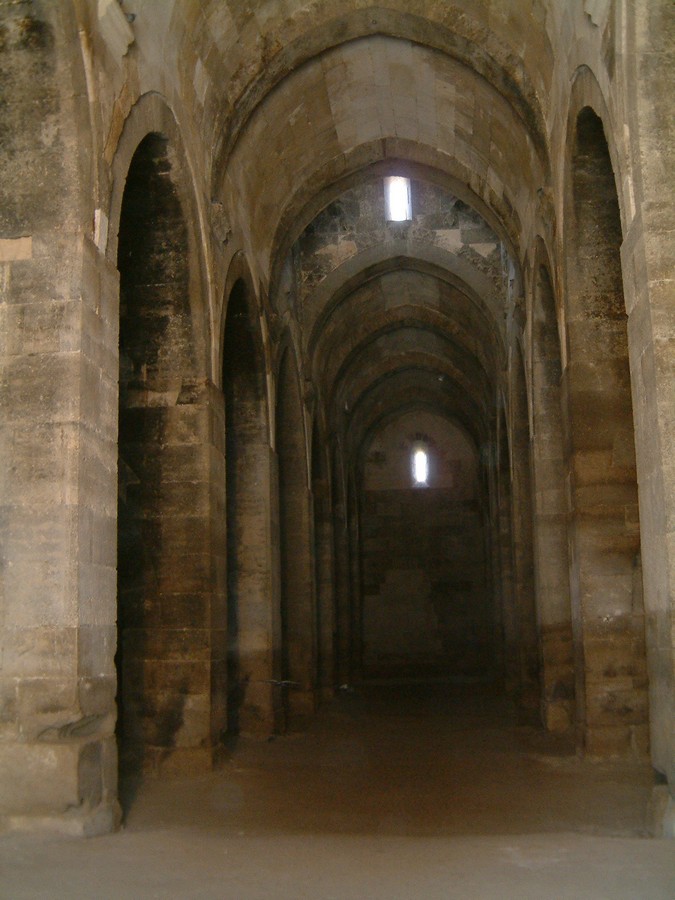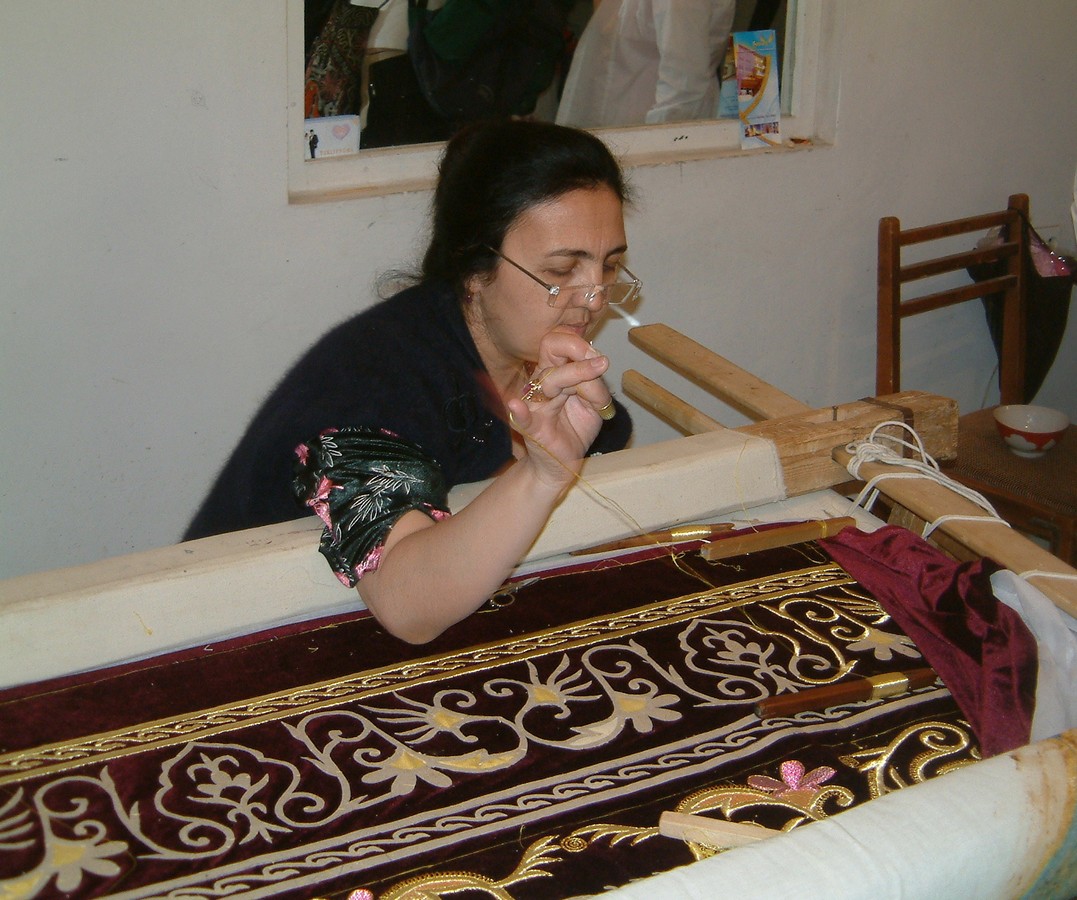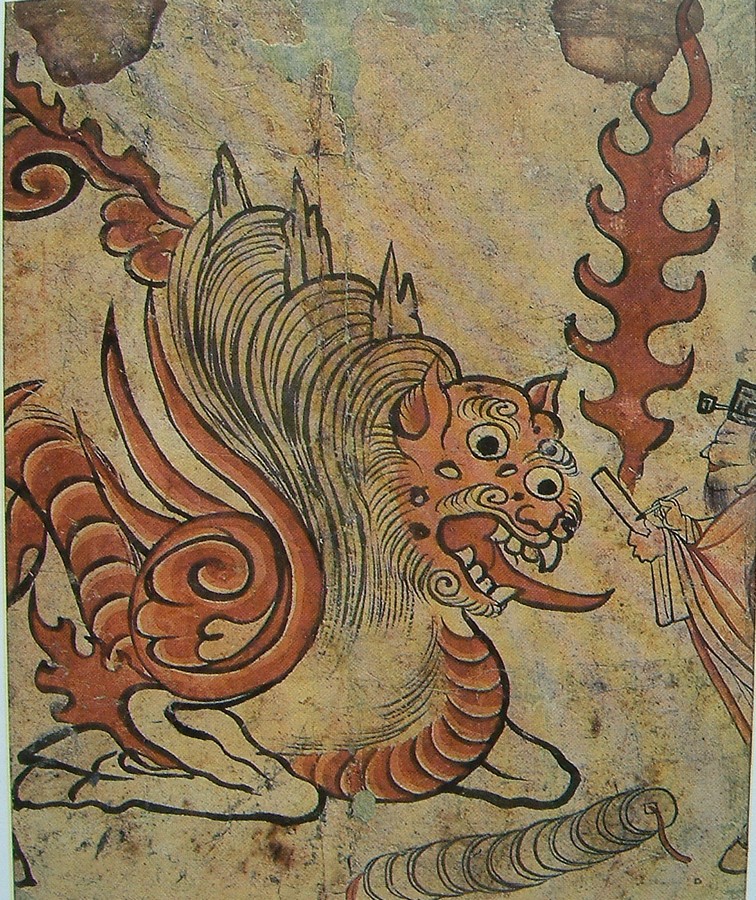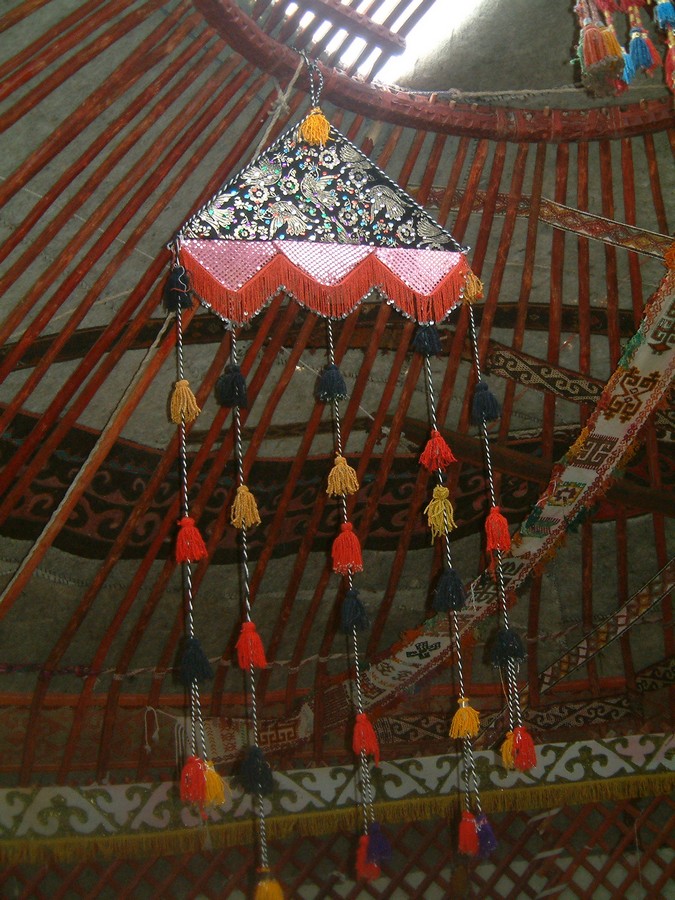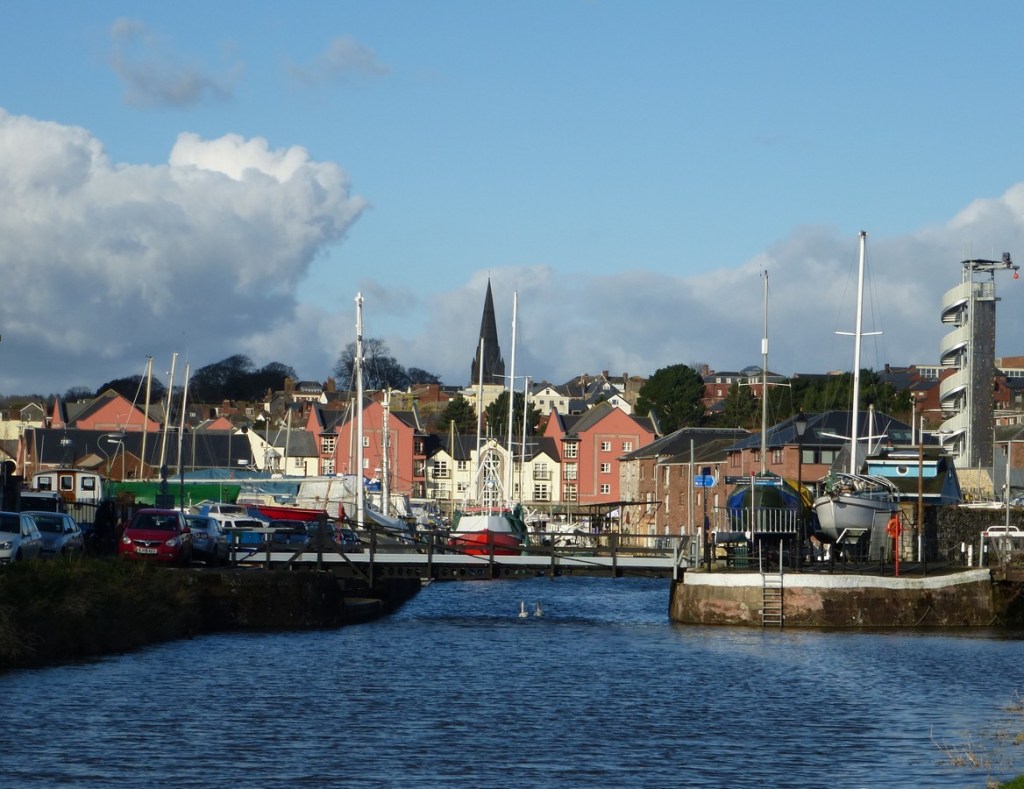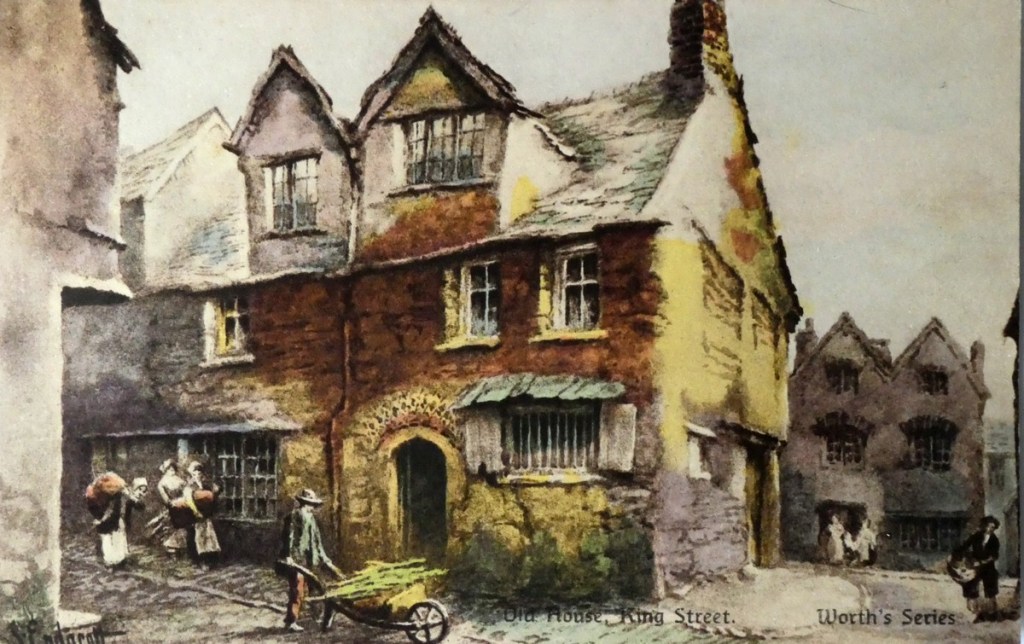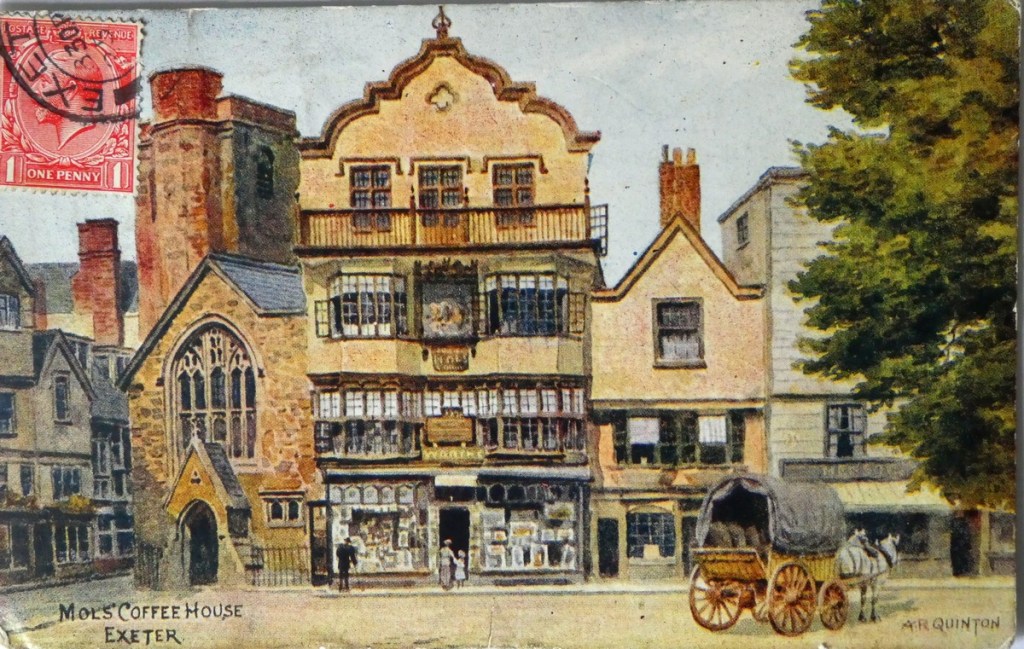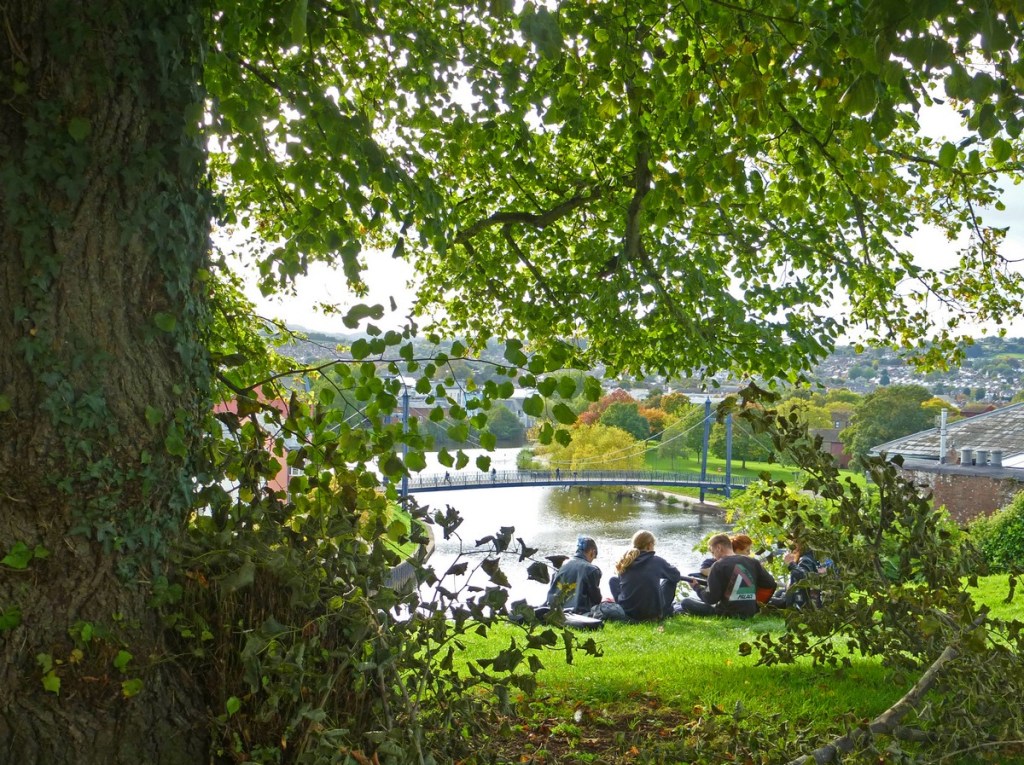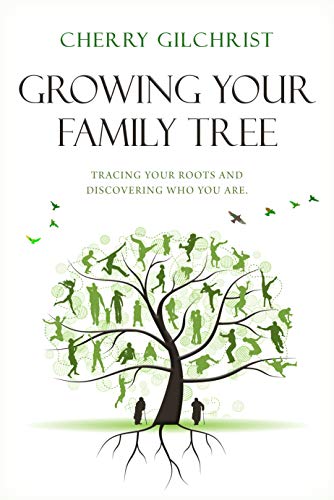Some time ago, more years ago in fact than I care to count, I was asked to write a story for an anthology called ‘Tarot Tales’ edited by Rachel Pollack and Caitlin Matthews. We were to draw five cards at random from a Tarot pack of our choice, and construct the story around these. Using the traditional Marseille pack, the cards that I turned up were Death, Temperance, Strength (Force), The Moon and Justice. The story which emerged, weaving itself around these images, was partly based on real events, partly on an imaginative journey which took me from the waterways of Bristol right to the gates of life and death. Here is the first part – the second follows in two weeks’ time.
August will be a narrative month, as the conclusion of this story is followed by an old but spirited dialogue between Mercury and the Alchemist. Perhaps it is not your usual holiday reading, but why not give it a try?
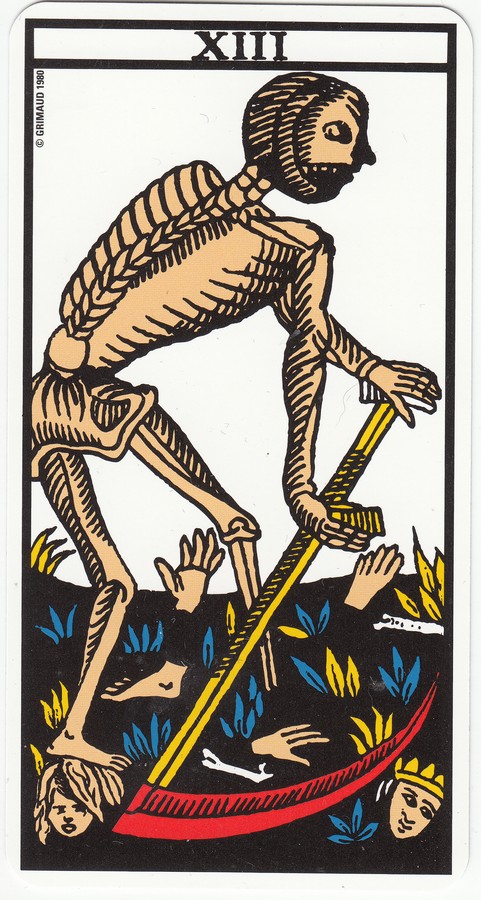



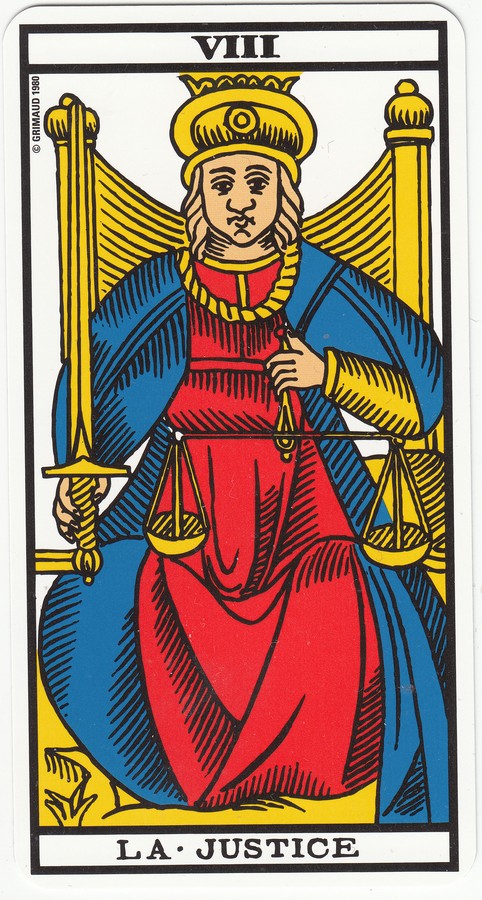
Part One – The Little Foxes
You won’t believe me, but it was in fact Friday the thirteenth when I laid out these cards. Friday 13th May, at 10.30am, to be exact. I rose from my chair purposefully to fetch my pack. The dog looked at me warily; perhaps I was about to do some singing practice, which she loathed. She slunk out of the room to be on the safe side. Five cards, the rules said. I shuffled them, and shuffled again. Five to be drawn: one for me, three for the story, and one, perhaps, for you, the reader. Out they came. Temperance * Justice – Death – The Moon * Strength. Well, how corny can you get? Friday the thirteenth and a central triad like that. Surely there was an element of mockery here. Should I start again?
Wait. A little whisper of realization ruffled the back of my neck. This was a story that had already been told, a situation that had just unfolded. The lion with open jaw, held by the lady, the two dogs baying at the moon – this was the tale of the foxes and me, a little saga that had been under way for several days now. Ah, but then it won’t count, will it, because I’m supposed to be creating something new? But I’ll start to relate it anyway, because the cards seem to be issuing a kind of demand that I gather the threads together, look for its essence. And it’s also true, isn’t it, that every little story is part of a greater one? Perhaps I might get a glimpse of this if I follow what is in front of me.
This foxy tale is no saga of country life. I live, in fact, in the heart of the city, the centre just a few minutes walk away down steep stone steps. But it is quiet here. Our little area is old, eighteenth century, with walled gardens and cobbled streets, laid out where there were once orchards and pleasant pastures for the inhabitants of the smoky city below to stroll on a summer’s evening. There are still mulberry trees, fig trees, and an old sacred spring at the back of someone’s house. Not that the foxes are left over from those balmy days of pre-urban living. No, they’ve crept back along the railway tracks, the river banks, the old gullies and conduits that run forgotten under busy streets. Opportunists to the last, they scavenge for food and live under garden sheds. I didn’t know about them when we first moved here, not too long ago, but I sound found out.

At first I was enchanted with this secret city wildlife. I loved the thought that, come the night, another form of life was taking over. While we humans lay cosily in bed, wild beasts came out, mated, fed, played, but in the morning were gone, leaving little trace of their presence. So little in fact, that much of the population round here still does not know that they exist. It is a little like those tales you read as a child, where there is a fairy market at night, where shadowy, moonbeam creatures sell their miniature treasures in a world which is like the one you know, but infinitely more magical. If you could only wake up at the right time, you could step into that elusive world and take part in it…
I suppose, with the foxes, it was as if this started to happen. And, like those reckless mortals in legend who venture out to join in with fairy dancing, commerce, revels or anything else, I found out that it was not quite so delightful as I had expected. There was a price to pay for going into the world of night.
Just recently, a family of cubs had been born close by. I didn’t know they were there until the time came for them to be taken out by their mother for night romps and education in the gentle art of pillage and theft. The first crisis came when she abandoned one of them in our garden. I heard this terrible, desperate calling, which shattered my dreams and roused me from my bed. It’s strange, isn’t it, that universal cry of help from the young? Whether it’s a bird out of the nest or a child lost in a supermarket, the tone is the same. There’s an insistency, an urgency that you recognise, which goes straight to the centre of your being and tugs at you.

I got up, and looked out of the window. Dawn was sullenly approaching, and I had to concentrate my vision to see anything in the cold, smoky grey light. Finally I could make out a vixen in next door’s garden, moving low and rapidly with a cub close behind her, while in ours another cub raced up and down, unable to climb the high stone wall that separated him from his mother. She would come back and rescue him, I thought, and left them to it.
But the next night, soon after it grew dark, the cries began again They sounded a little like a dog, or, to be more precise, like a Jack Russell terrier with a sore throat. They had a strange, husky penetration, though, like one of those alarm calls in your sleep, a voice that breaks into the comfortable unfolding of your current dream and rouses you, calling your name, perhaps, or speaking just one word that resonates through your body from top to toe. It was terrible. The cub called, cried and wailed the whole night through. It went through every range of emotion, uncannily human in its piteous calling. At times it became exhausted, and could only give faint, despairing groans. At others it worked itself up to a pitch of hysteria and grief which would have torn at the stoniest heart. I felt there was nothing I could do, not at this point anyway. I had to give the mother a chance to find it and take it back. Even if it was starving, what could I do if I did retrieve it? I couldn’t take over from the mother, I couldn’t rear a cub. I had to leave it to its fate. If it had to die, then so it must be.
Well, the following night, I couldn’t stand it any longer. Maybe I could catch it, and maybe, if I put it over the wall into next door’s garden, it could find its way back to the earth, even at the risk of its mother rejecting it. Out of bed, slippers and dressing gown on, dog safely shut up and torch in hand, I went out to see what I could do. As soon as it heard any movement outside, of course, it became absolutely quiet and still, so I think it was my determination to put a stop to this suffering (for both of us) that allowed me finally to track it down in a corner of the garden, crouching under some old planks. I picked it up by the cruff of the neck, as one would a puppy, although it looked more like a small piglet with its long nose. We had a good look at one another, the cub pissed itself with fright, and then I took it to the wall where I could just reach high enough to put it on the top and give it a gentle push off the other side. Back I went to bed, and sleep – glorious, undisturbed sleep.
So, my mission successfully accomplished, I went about in a sentimental haze for a few days. There was no more noise, and I was convinced I had saved the cub from death, from perishing miserably. But this was not to last. Come twilight one evening, I heard the dreaded ‘Yap, yap, yap’ again. I suppose if you’re a doctor, and you work hard to set a nasty break in a patient’s leg, only to have him come back a couple of months later with the other one broken, you’d be bound to be less sympathetic, ‘Not you again!’ It detracted from my sense of achievement, too – why must the creature be so stupid? Only in the morning was I prepared to make another effort, motivated more by loss of sleep than anything else. I found the cub in a little hole that it had dug for itself in the vegetable garden; just big enough to hide in, for as I peered into the dark space two glowing, cross eyes looked out at me.
I guess it was not sensible to plunge my bare hand in and grab it. In retrospect, it was really very stupid. Its teeth, needle-sharp, went straight to the bone. With my free hand, I prised open its jaws, and it promptly grabbed that one instead. Two hands savaged. When I managed to get a grip on it, I chucked it over the wall with no more ado, and went inside to plaster my wounds with remedies.

At midnight, under a full moon, just below the bedroom window, it started up again. It was then that the penny dropped. This wasn’t an abandoned cub. This was a deliberately dumped cub. After all, it hadn’t starved, had it, despite several nights of miser on its own? So it could dig a bit deeper and make a proper earth. Plainly, its mother had been going round doing the neighbourhood drop: ‘You stay here, Charlie; this garden’s for you, Flossie, I’m leaving you here.’ And so on, and so on. What I had thought were the death cries were in fact those of a creature having to face a new life. And I, like a fool, had tried to return it to its old life. Well, as we all know, that never works, does it?
The final ridiculous scene was about to unfold. I can’t help but go back to the analogy of dreams, where an epic that starts off with deep emotion and cosmic overtones ends up in absurdity. I was very tired – it had been a trying day. All I wanted to do was sleep. The yelps I could cope with, but suddenly there were loud scrabbling noises close to the house, followed by ‘splish, splosh’ sounds. Up, open the window, and all was revealed. The cub had climbed up the water butt and fallen in. I admit I must have stood there for several minutes, wondering if this was the answer to my prayers. But the thought of fishing a drowned cub out of a barrel of dirty water in the morning was far, far worse…
Quickly dressed, cursing loudly, I went out. I would have laughed if I hadn’t been so angry. The cub’s snout was stuck bravely up into the air, and with his two front paws he paddled frantically to try and stay afloat. I put on leather gardening gloves this time; I wasn’t going to be caught twice. Even in its desperate plight, it still tried to bite me. It is true that Nature has no gratitude; why should it? But then I wasn’t going to have much sympathy either. I found a plastic washing-up bowl and heaved out one black, stinking, slimy fox cub onto the grass. It glared at me angrily and scuttled away into the bushes where I left it to recover.
You think I’m making this up, but no, I couldn’t. My inventive powers don’t run to this kind of absurd scenario – I always try to pitch my imaginings on a grander scale. But when I had drawn the cards and found the story of the foxes written plain there, it niggled away at my mind, and I wondered if I could use it as a key to something with a bit more depth. Nothing came; I tried this idea and that, but they all fizzled out. Come night-time again, I was wide awake, restless, unable to let go and relax. Perhaps a walk through the late-night city would help – it would prove some sort of a distraction, at least.

I clattered down the familiar stone steps, holding the old metal handrail since they are pitted and tricky to negotiate in the uneven light of the street lamps, which are picturesque, but ineffective, like something out of Dickens. At the bottom, I struck off into the city, through the commercial quarter where once merchants had traded cargoes of cloth and sugar, down to the docks from whence their riches came. I am always attracted to water, especially to water where there is the coming and going of boats. It’s a long time now since these docks have been used extensively for trade, but they have plenty of life. There are now marinas for private boats, smart waterfront cafes and new housing developments along the old quays, and the docks themselves are an intricate network of waterways, through routes and blind alleys winding away into the lesser-known quarters of the city.
I’m not sure what I had in mind to do, but when I saw the boat pulled up I had no second thoughts. ‘Moonlight cruise’, the board announced. Hadn’t heard of such a thing before, but then it was the tourist season, and all sorts of novelties were on offer. ‘One and a half hours – see the city by night. £10 only.’ A dozen or so people were on board already, and the captain stood by the gangplank ready to welcome any hesitant participant.
‘Coming?’ he asked cheerfully. He was a big man, with a florid face but a curiously sardonic, thin-lipped smile. ‘You won’t regret it. Not long to wait, we’re off in five minutes.’
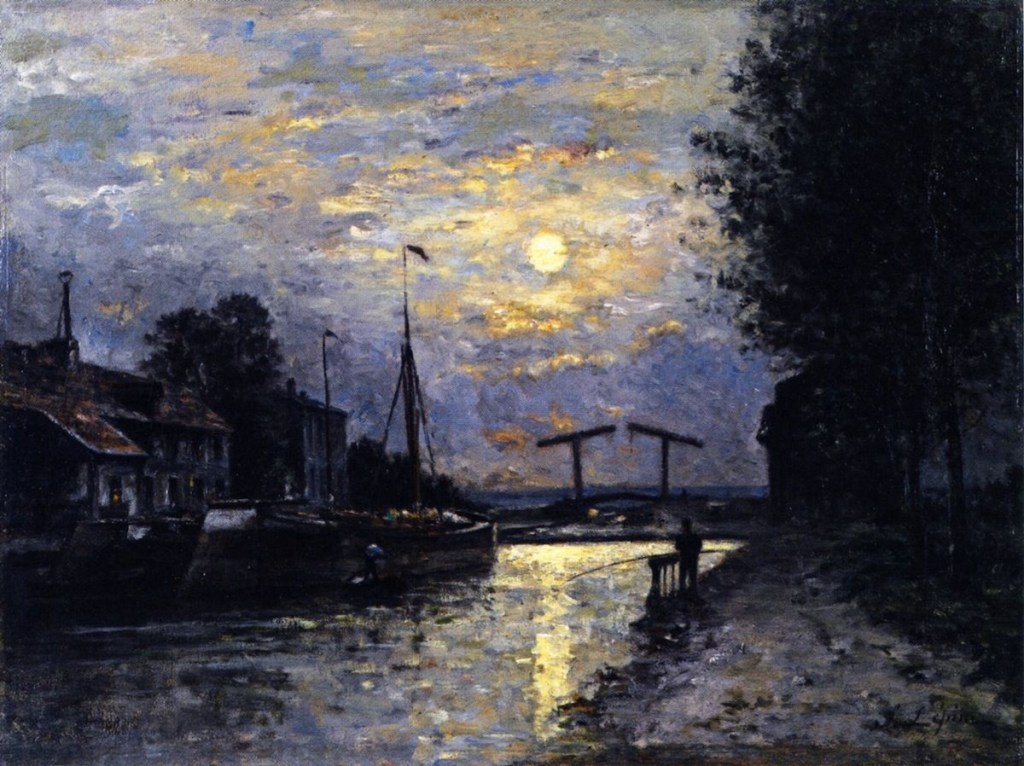
Part Two follows in two weeks’ time, on August 14th
My Life with Tarot
I first came across Tarot cards in 1968, as a young student on vacation in America. The pack was the Rider Waite set, beautifull painted by Pamela Colman Smith, whose artistry and insights I’ve shared in an earlier post. The Rider Waite pack enchanted me – and sometimes disturbed me! – and I also acquired a more traditional, Marseilles pack some months later. There began a life-long fascination with its images, resonant and honed through centuries of use, the oracle, game and plaything of both nobility and common folk. I was drawn into historical research, into scrutiny of its symbolism, and into the practice of working with Tarot for insights, both for myself and others. After many years, I was finally able to distil this into a book: ‘Tarot Triumphs’, published by Weiser in 2016.













